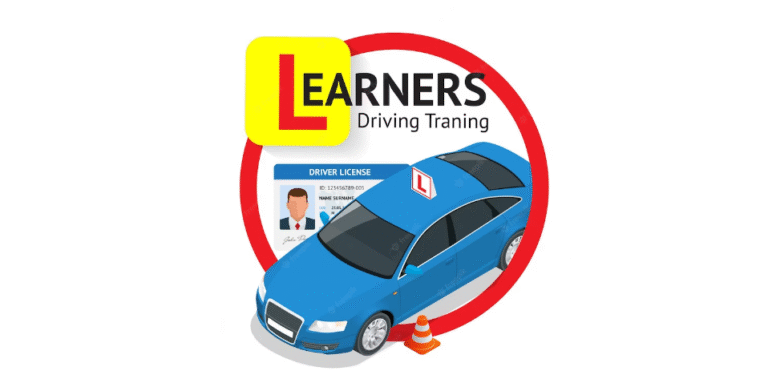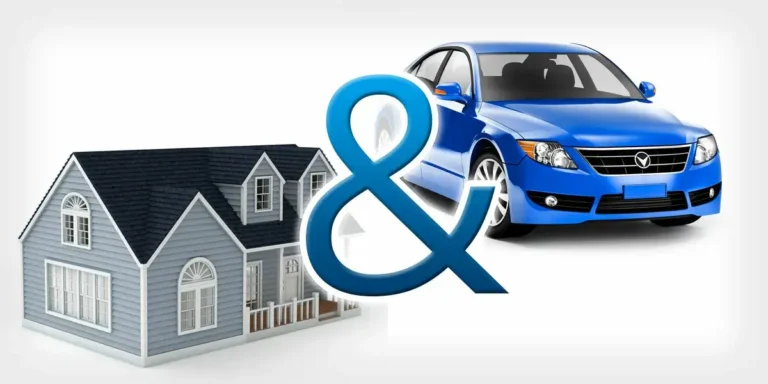Drive Smart: The Complete Guide to Getting and Using a Drivers License
Introduction
Driving is more than being able to steer and accelerate — having a valid drivers license is essential. It grants legal permission to operate a motor vehicle, opens doors to job opportunities, and often acts as a key form of identification. Whether you’re a teenager looking to get your first license, an adult moving to a new state, or someone renewing an expired license, understanding the ins and outs of driver’s licensing is crucial.
With changing laws, varying requirements across different places, and multiple tests involved (written, road, and vision), the process can seem confusing. Learning each step helps you avoid delays, penalties, or even getting turned away at the DMV. This guide will clarify what a license is, what’s required, how to apply, and how to keep it valid.
What Is a drivers license?
Definition and Purpose
A drivers licenseis an official document (often a card) issued by a government agency (DMV, Department of Transportation, etc.) that authorizes a person to drive a particular class of vehicle. Key purposes include:
- Verifying identity and driving qualifications.
- Ensuring drivers understand traffic laws and road safety.
- Providing legal proof that you are allowed to drive and meet the minimum requirements.
Types of drivers licenses
Licenses often vary by:
- Age: Learner’s permit, provisional license, full license.
- Vehicle type: Standard cars, motorcycles, and commercial vehicles.
- Special endorsements or restrictions: For example, restricted hours, corrective lenses, or additional training required.
How to Get a drivers license: Step by Step
H2: Eligibility and Requirements
Requirements differ by state or country, but some common ones are:
- Minimum age (often around 16-18 for a full license; younger for a learner permit).
- Proof of identity (birth certificate, passport, or other government ID).
- Proof of residency: e.g., utility bills, lease, drivers license address on file.
- Social Security Number or equivalent, if applicable.
- Passing a vision test.
- Passing a written (knowledge) test.
- Passing a driving (road) test.
For example, the Virginia DMV requires first-time license applicants to provide documents to prove identity, legal presence, residency, and often a Social Security number. Virginia Department of Motor Vehicles
The Application Process
Here’s a typical process for getting a license for the first time:
| Step | What You Do | What you need / Tips |
| 1. Learner’s permit (if required) | Apply, take written tests, and possibly a vision test | Study the driver’s manual, practice tests, and bring the required documents |
| 2. Practice driving | Log hours driving under supervision | Use a licensed adult, and understand the rules of the learner permit |
| 3. Schedule road test | Once the permit phase or practice requirement is met | Make an appointment in advance; the vehicle must meet inspection standards |
| 4. Take a road test | Demonstrate driving skills to the DMV examiner | Drive safely, follow instructions, obey traffic laws |
| 5. Receive license | After a successful test, pay the fees and get your license card | Check expiration date, any restrictions (e.g., “must wear glasses”) |
Maintaining & Renewing Your License
Renewal & Expiration
- Licenses have validity periods (e.g., 4-8 years in many U.S. states). You must renew before expiration, or you may have to retake tests.
- Renewal may require a vision check or a new photo.
- Some states offer online renewal if no major changes or infractions.
Address or Name Changes
- If you move, many states require updating your address on your license.
- If your name changes (marriage, court order, etc.), bring legal documents (e.g., marriage certificate) to prove the change.

Suspensions, Revocations, and Restrictions
- A license can be suspended (temporary loss) or revoked (permanent or long-term loss) for reasons like DUI, too many traffic violations, or medical issues.
- Restrictions might be placed, such as only driving during certain times, with corrective lenses, etc.
- For reinstatement, you might need to pay fines, retake tests, or meet other conditions.
Why Having a Valid drivers license Matters
Legal & Practical Importance
- Proof of identity: Often accepted for ID purposes (banks, voting, flying domestically, etc.).
- Legal compliance: Driving without a license is illegal and may lead to fines or arrest.
- Insurance: Car insurance usually requires a valid license; without it, coverage may be denied.
- Access: License enables access to job opportunities, independence, and mobility.
Safety & Responsibility
- Tests (written and road) ensure you know the rules of the road.
- License keeps records of violations, so unsafe drivers can be penalized or retrained.
- Encourages responsible driving behavior.
Key Variations Between Regions
Different states or countries may have varying rules. Some differences include:
- Minimum age to drive or get a permit.
- Whether a learner permit is required.
- Number of practice hours needed.
- Whether written and road tests are required or waived in some cases.
- Real ID / enhanced license requirements for federal uses like air travel.
For instance, California’s DMV has specific requirements for provisional permits for 16-17-year-olds, including driver education, professional training, and minimum practice hours.
FAQs (Frequently Asked Questions)
Q1: Can I drive with an out-of-state license if I move?
A: Generally, yes, for a limited time. But you’ll usually need to exchange it for a local license after a set period. Check your new state’s DMV rules.
Q2: What is a REAL ID, and do I need it?
A: REAL ID is a U.S. federal standard for identification, required for certain things like boarding domestic flights. If your license is REAL ID-compliant, you can use it for those purposes. Otherwise, you’ll need another approved ID. See your state DMV site.
Q3: What happens if I let my drivers license expire?
A: You may need to renew it, possibly with additional fees or testing if it’s expired for a long time. Driving while expired is illegal and can lead to fines or penalties.
Q4: Can I get a drivers license if I have a medical condition?
A: Yes, in many places. But you may have to undergo a medical evaluation, provide documentation, or have restrictions placed on your license (limited hours, restricted conditions, etc.).
Conclusion
Getting a drivers license is a major step toward independence and responsibility. It isn’t just about driving—it’s legal proof of identity, evidence that you understand safety rules, and a license to work, travel, and live with more freedom. While the process varies by region, the core steps are similar: meet eligibility requirements, pass knowledge and road tests, and maintain your license properly.
Key Takeaway: Be informed before you apply. Gather the right documents, know your region’s specific rules, and keep your license valid. If you ever need help scheduling, preparation, or knowing exactly what to bring, you can always use resources like DMV Appointment or find help from Book DMV Appointment to ease the process.






